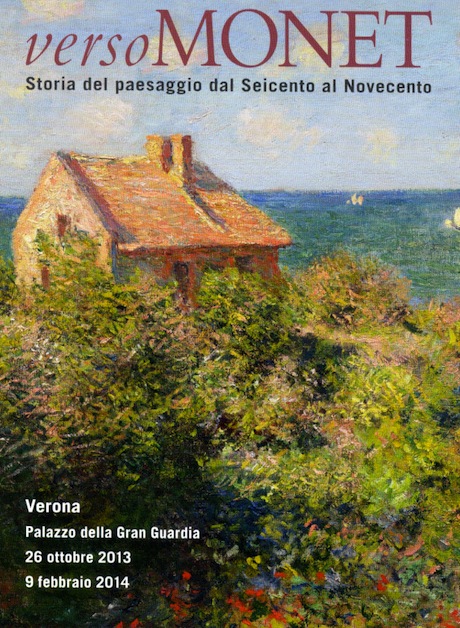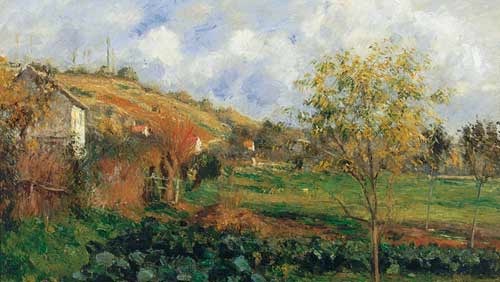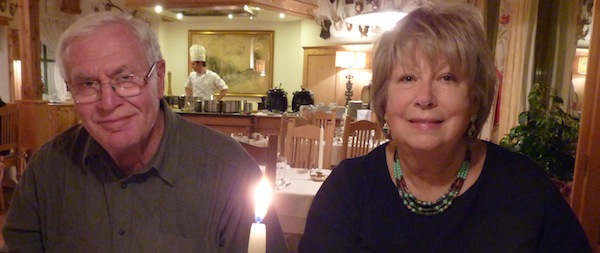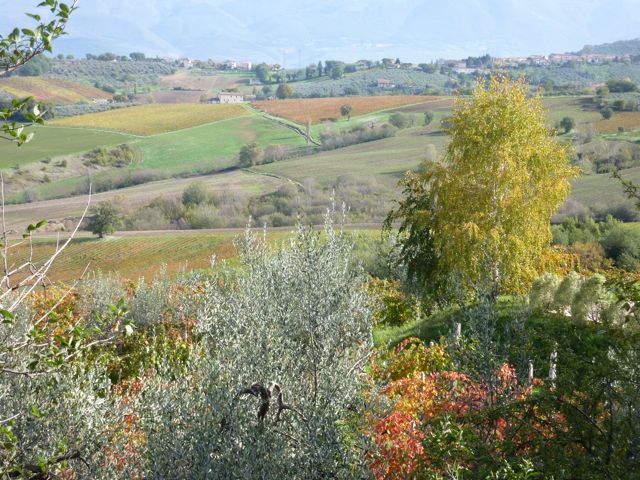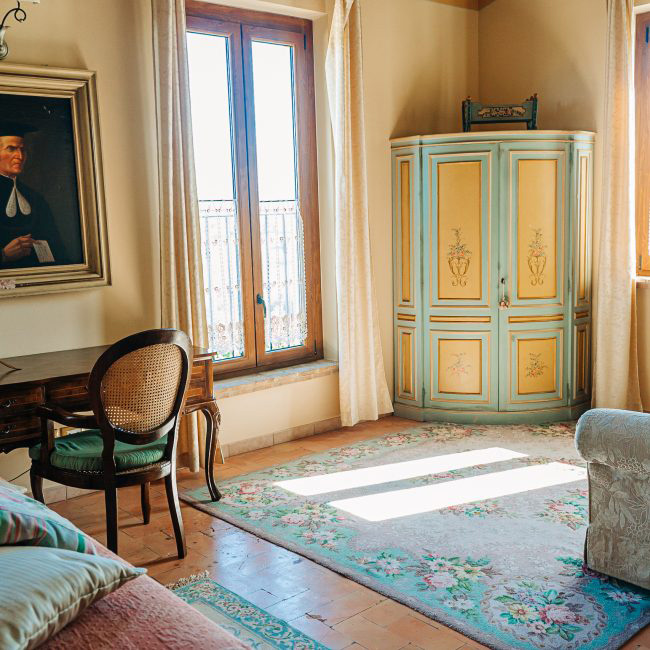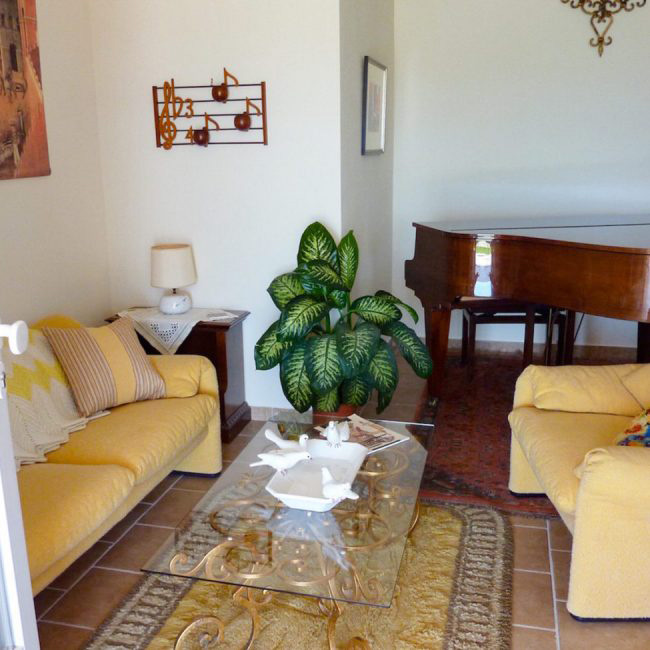After our brief stop at Lake Garda we continued the short distance to Verona. The following morning we were going to”Verso Monet” , the focal point of our entire vacation. We had advance purchased our tickets and entrance time to avoid the lines the next morning at 10 AM. On our way into the center from Lake Garda, we stopped at San Zeno, a church we very much wanted to re-visit. We have visited Verona several times so limited ourselves this time mainly to the Exhibition, the Christmas Market, the festively lighted Piazza delle Erbe, the lovely center
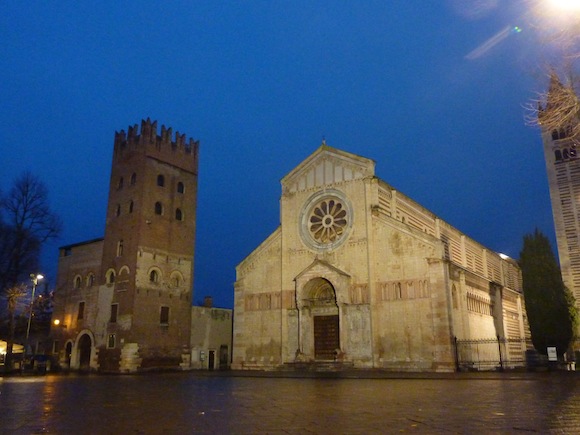
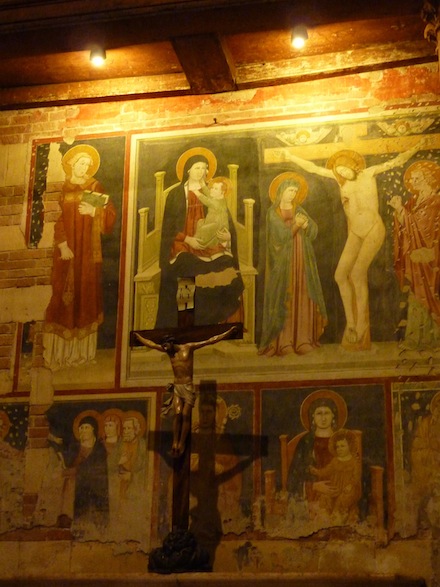
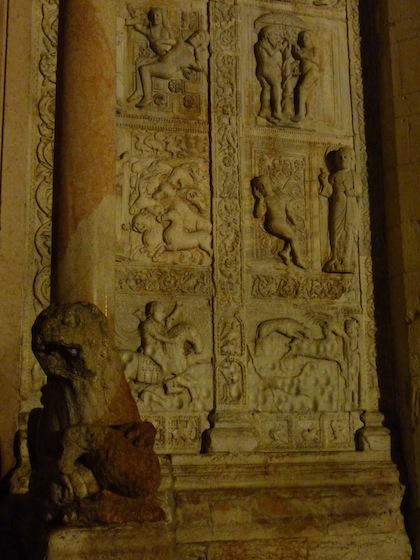
…and to a dinner of the famous “bollito misto” with all the typical Verona condiments.
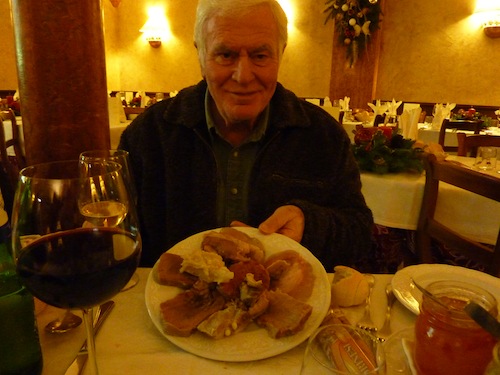
The charming Christmas markets are articulated among several squares, each with its beautiful architectural backdrop. In one of the squares, the Puglia Region was this year’s guest with a fun stand full of many types of tarallucci, breads, cheeses and olives…and generous samples.
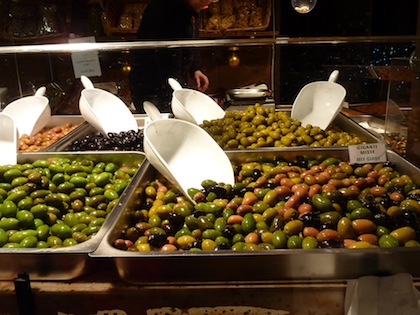
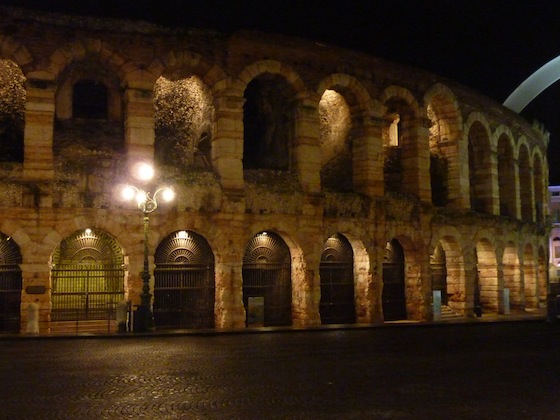
Our hotel was mere steps from the Arena and the Exhibition venue – very convenient in the morning.
Some 105 masterpieces lent by the most important private and public collections were on display at Verona’s Gran Guardia Palazzo. Our entire winter vacation was planned around this exhibition. We have always made every possible effort to attend all of the Marco Goldin organized exhibitions, wherever they are held in northern Italy. His involvement is a guarantee of excellence!
While we could not, of course, take photos, let me post a few borrowed from the Internet:


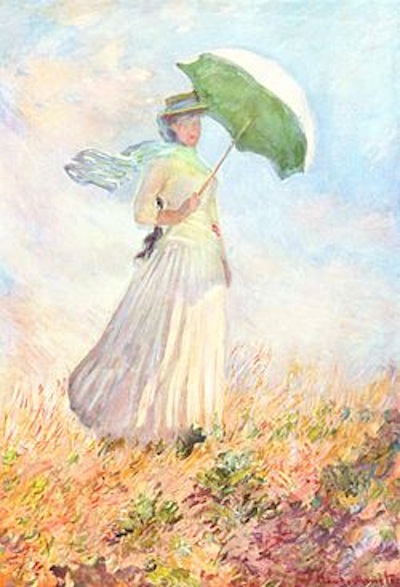
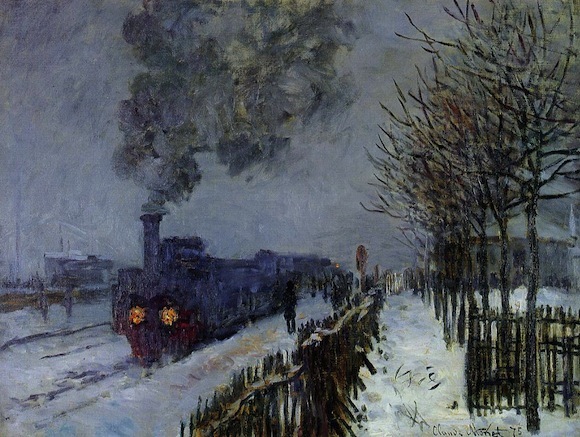
This remarkable exhibition includesd paintings and about ten drawings from such artists as 17th-century Dutch masters, Venetian landscape painters of such world renown as Canaletto, Guardi, and Bellotto, 19th-century romantic painters Turner and Freidrich and over 20 works by Claude Monet. The exhibition, entitled ‘Verso Monet. The story of landscape painting between the 17th and 20th centuries’ was the fruit of the latest labors by Marco Goldin. This exhibition on landscape painting, the curator said, required at least two years of work to manage to tell the story of what may be the most beloved painting style in watershed works. ”There is a connecting thread that runs through the entire exhibition,” Goldin said, ”the concept of true and false, of artifice and reality: the core of artistic expression” that crosses different eras, genres, and schools though repeated references and allusions, and which finds in landscape painting the possibility to be expressed widely – so much so, in fact, that Goldin transformed the exhibition catalog into a heartfelt inquiry into the matter.
It began with the 17th century, when ”the process in which nature sheds its role as merely a backdrop” became clear, he said, and ”the figures fall into the background while the landscape takes on an autonomous connotation.” Nevertheless, in the beautiful paintings by Lorain and Poussin, as well as those by Carracci and Domenichino, there is still the need for a story to be told – possibly of a mythological nature. Only with the Dutch masters – in the wonder-evoking drawings by Rembrandt or in the canvases by Jacob van Ruisdael, who introduced the panoramic scene – are space and light the protagonists in the search for natural truth. The dialectics between reality and artifice instead returns in the 1700s in the impressive works by Canaletto, including his ‘L’isola di San Giorgio Maggiore vista dal Bacino di San Marco’ (from Boston), which went on to inspire some of Monet’s works that are also included in the exhibition: an ”amplification of reality”’ progressively adapted to the needs of the imagination. The nineteenth century also undertook the struggle to represent the truth, beginning from the Romantic school and he refined paintings by Turner that in turn influenced Friedrich’s ”Moonrise over the Sea”, which Goldin said was the most difficult to get on loan.
Realism instead triumphed in the works of American, Scandinavian and Eastern European masters, which were also widely represented in the exhibition, which moved towards modernity through an extraordinary selection of Impressionistic works. New hues were seen in the paintings by Pissarro, Renoir and Sisley, and light comes into the French movement and took on a more important role in the French movement than the landscape itself. ‘Plein air’ painting in all its various forms – showing the Seine, boats, snapshots of daily life – became a creed for that generation of artists. Monet was to be the most dedicated representative, at least in the years between the 1860s and the 1870s. Soon, Goldin said, ”authenticity sought within nature fell by the wayside and with it the dogma of plein air”. A painting conceived before nature was later finished in the artist’s studio, reintroducing the theme of falsity in nature as shown in the works by Cezanne and Gauguin.’The landscape became internal,” Goldin said in front of seven incredible van Gogh paintings in the Gran Guardia, characterised by chromatic anti-naturalism that is his trademark: the sky is a sickly yellow in ”Undergrowth with Two Figures”, while in ”Olive Tree” the trunks are blue and the foliage a burning shade of jade.
The exhibition ended with a large section on Monet, ”a show within the show”, said Goldin, who managed to bring over 20 works from the master to Verona. From the 1865 ”Fountainebleau Forest” to the 1918 ”Weeping Willow”, all the phases of his artistic career were shown to the visitor. ‘This is because Monet sums up within his work 300 years of landscape painting,” Goldin said. ”He takes up the thread from Corot’s works on nature – modernizing them – and goes through to the complete dissolution of the physical in his series on nymphs.”
The excellent audio-guide by Goldin himself (with well-suited musical pieces) greatly enhanced the Exhibition and led us through, at our own speed, the five sections of ‘Verso Monet. History of the landscape art from the seventeenth to the twentieth century’:
‘Landscape art 17th Century. True and false nature’: after some experiences between 15th and 16th centuries, the seventeenth century marks the true beginning of the history of landscape paintings. Starting from Annibale Carracci and Domenichino, ‘Around Monet’ began introducing the complex relationship between true and false nature that will characterize the landscape art in the 19th century. Poussin, Lorrain and Salvator Rosa, not to mention the innovations of the Dutch paintings.
‘Landscape paintings 1800s. The age of veduta: the exhibition at the Verona Palazzo della Gran Guardia could not miss one of the most important chapters of landscape paintings dedicated to the true nature: the veduta, from Gaspar van Wittel to Canaletto, from Bellotto to Guardi.
‘Romanticism and realism’: landscape paintings in the 19th century – the Romanticism era, between the representations of the two preceeding centuries and subsequent break-up of Impressionism. Friedrich, Turner, Constable, Corot, Millet and Courbet were flanked by the experiences of the Hudson River School in America in an exceptional relationship / comparison of painting and landscape.
‘Impressionism and the landscape’: included artists such as Pissarro, Sisley, Van Gogh, Degas, Renoir, Gauguin and Cézanne bringing to Verona the major changes of the late 19th century France. From the sixties of the 19thcentury an emotional and increasingly evident component began to change the style of landscape painting developed in the two previous centuries.
‘Monet and the new nature’: the Monet exhibit in Verona 2013 embodied a show within a show. Twenty works by Claude Monet closed the extraordinary exhibition at the Verona Palazzo del Gran Guardia, presenting the evolution of the French artist from real nature towards the inner nature.
You might enjoy taking a look at this youtube which shows a good number of the works in the exhibition.
Spending over six hours, going through the entire exhibition with the audio-guide twice, made for an unforgettable final day to our December week. The delicious after-glow of which continues to be among our most wonderful memories. We found many reasons to love our winter vacation in Italy…and hope to plan something similar again. Thanks for coming along….
